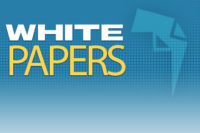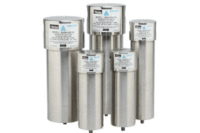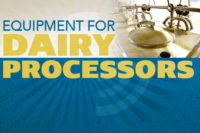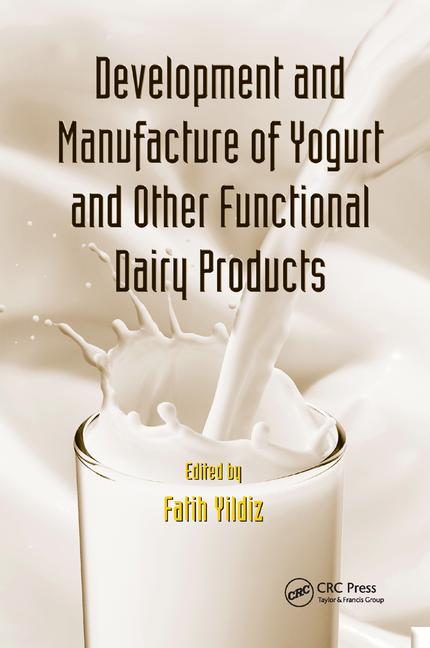Compressed air is a dairy processor's fourth utility

Among the many reasons dairy plants use compressed air are to move products on conveyors, to open and close pneumatic valves and to evacuate product lines. Photo by Vito Palmisano
High-quality compressed air, which can be considered the fourth utility (after gas, water and electricity), is critical for providing food products that are not only cost-effective to process but safe to eat. Compressed air may be used in multiple operations throughout a typical dairy plant.
Safe Quality Food (SQF) is the first certification scheme under the Global Food Safety Initiative (GFSI) that has officially started mandating the testing of compressed air used in the food manufacturing process in the United States. GFSI and the SQF Code state that compressed air used in the manufacturing process shall be clean and present no risk to food safety. Compressed air used in the manufacturing process shall be regularly monitored for purity.
Food, beverage and packaging facilities must develop a careful understanding of their products and testing protocol to ensure that compressed air (which is critical to food manufacturing operations) is used consistently and responsibly.
Compressed air can come in direct contact with your dairy products or indirect contact through equipment. The many uses of compressed air in a dairy include, but are not limited to the following:
- Air agitation of milk tankers in the raw receiving bay.
- Opening and closing of pneumatic valves throughout the plant.
- Using air-blows to evacuate product lines (could be used on both raw and pasteurized lines).
- Product batching and processing through air-actuated valves and controls.
- Cleaning operations (both CIP and COP).
- Conveying and product packaging.
- Palletizing of finished product.
Considering the variety of its uses, it is imperative that you know and understand the nature of compressed air and the list of contaminants that must be removed from the air to assure quality and product safety, including:
- Water (moisture). Water affects the efficiency of compressed air and also creates an environment for the growth of microbial organisms.
- Oil. It can be a contaminant and must be removed if present.
- Dust and particulates. These can be drawn into the compressor and must be removed prior to the compressed air reaching the point of use.
- Bacteria and other micro-organisms. These can be present and must be removed to a safe level.
Whether you are preparing to purchase a new compressed air system or conducting an analysis of your existing system, it is important that you determine where the compressed air will be used and the most effective method for removing the contaminants listed above in order to assure the delivery of a safe, quality product to your customer.
If you are purchasing a new compressor you may want to consider an oil-free instead of an oil-lubricated compressor. The initial cost will be greater, but you will be eliminating a contaminant that creates maintenance issues and requires a filter to remove the oil.
A filter ahead of the air compressor is important in order to remove particulates from the air as it is drawn into the compressor. Various filters and an air dryer are very important components of the compressed air system. A final sterile filter placed just prior to the point of use is very important, especially when the point of use is direct product contact or the product contact surface of equipment.
Monitoring and documenting the quality of compressed air used in your plant has become a requirement in recent years and the type of testing conducted in your facility or by an outside laboratory is rapidly changing. To keep up with these changes and provide the assurance that regulatory requirements are being met, you are encouraged to review ISO-8573 International Quality Requirements for Compressed Air.
For More Information
Learn more about H. Randolph Inc.’s training programs, products and technical expertise by visiting the company website at www.raiconsult.com. Sign up for the following training courses:
- HACCP Certification Course, Nov. 17 to 19
- Implementing SQF Systems, Nov. 19 to 21
- Pasteurization Workshop, Dec. 8 to 11
For registration and additional information, contact Kristy Clark at 205-595-6455 or kristy.clark@raiconsult.com.
Looking for a reprint of this article?
From high-res PDFs to custom plaques, order your copy today!








